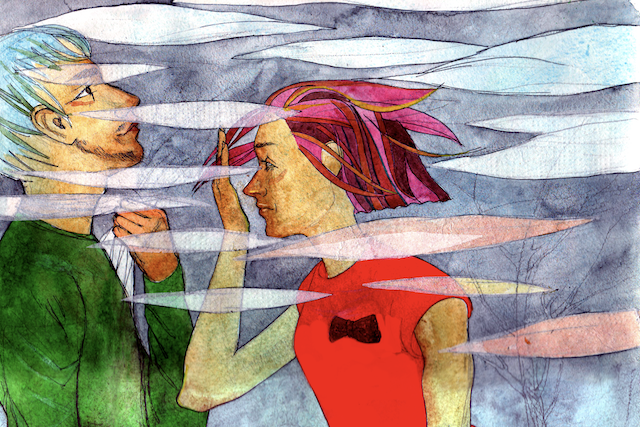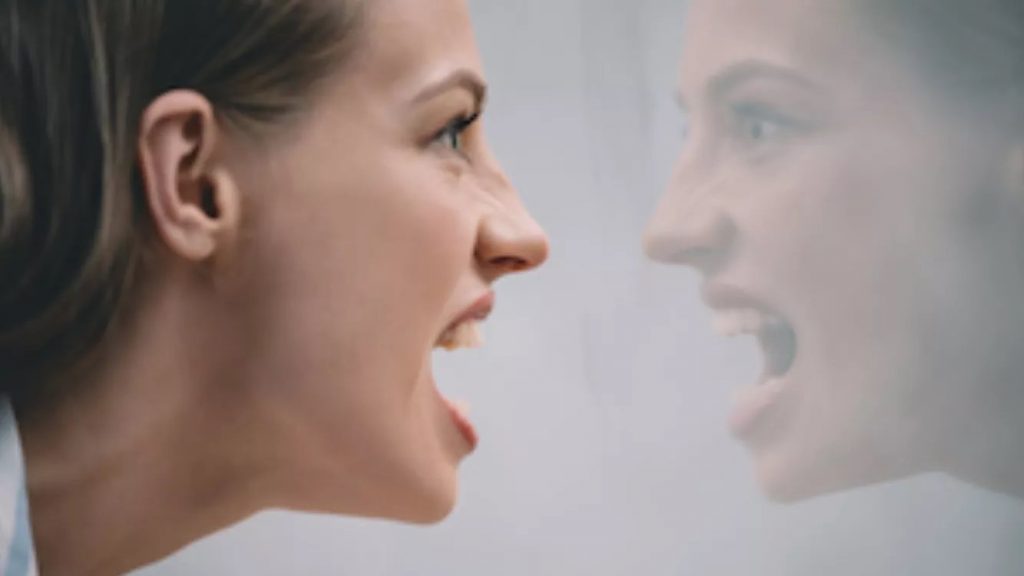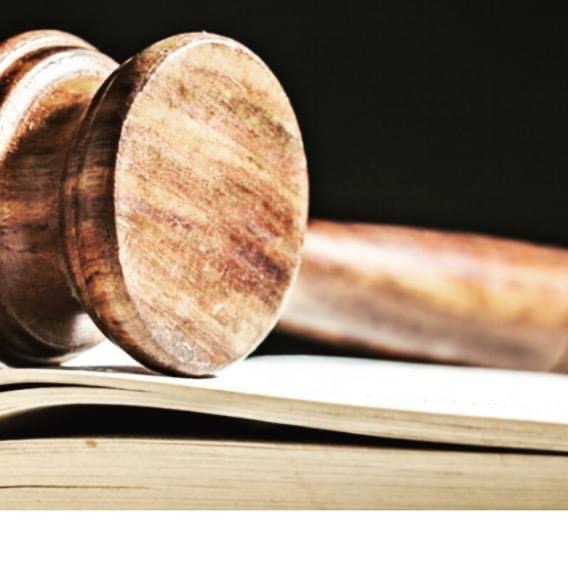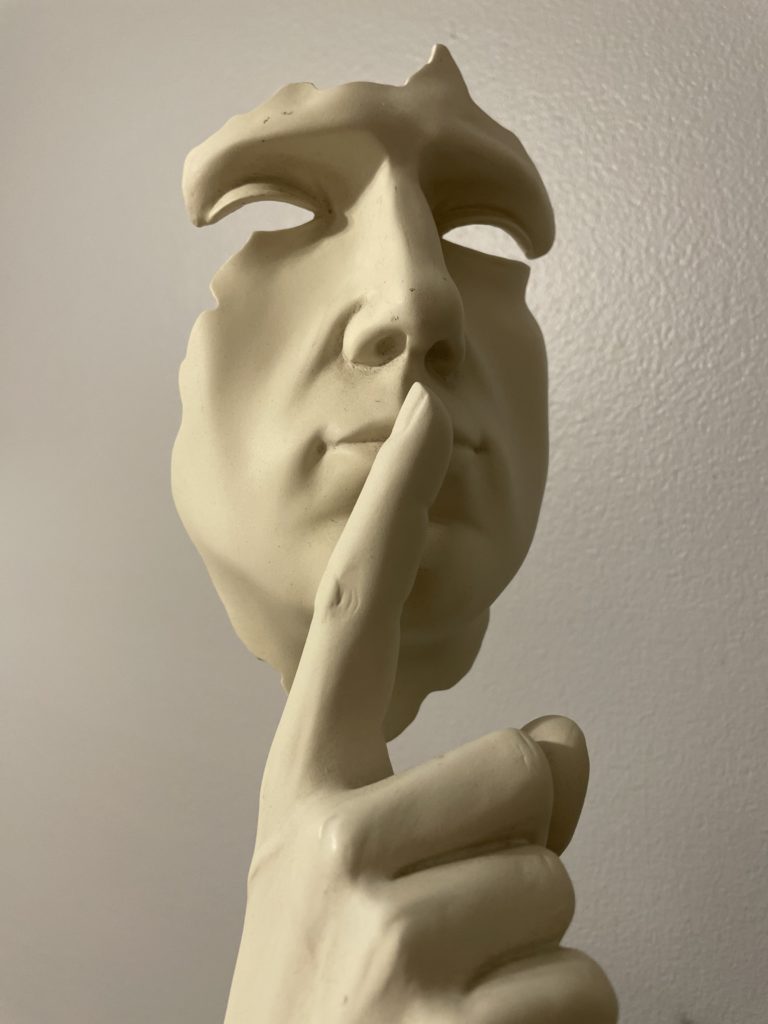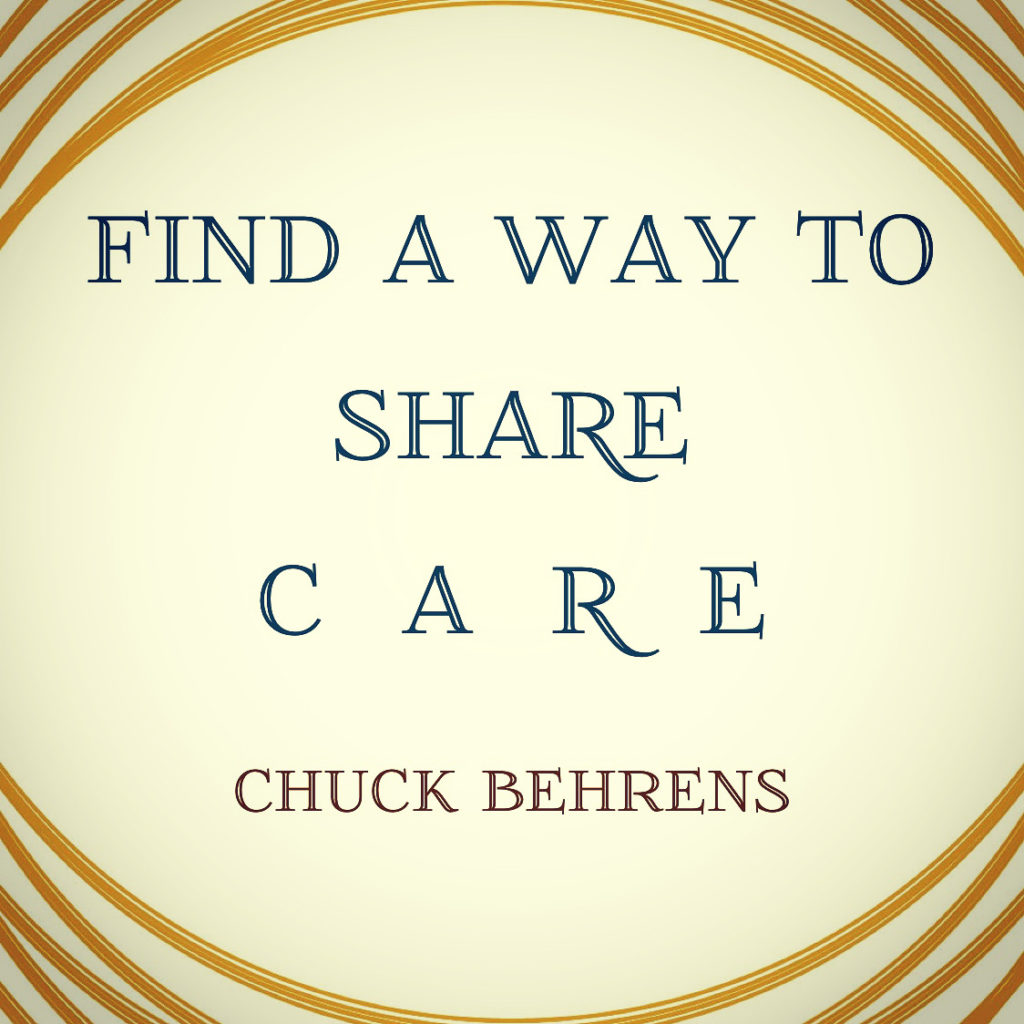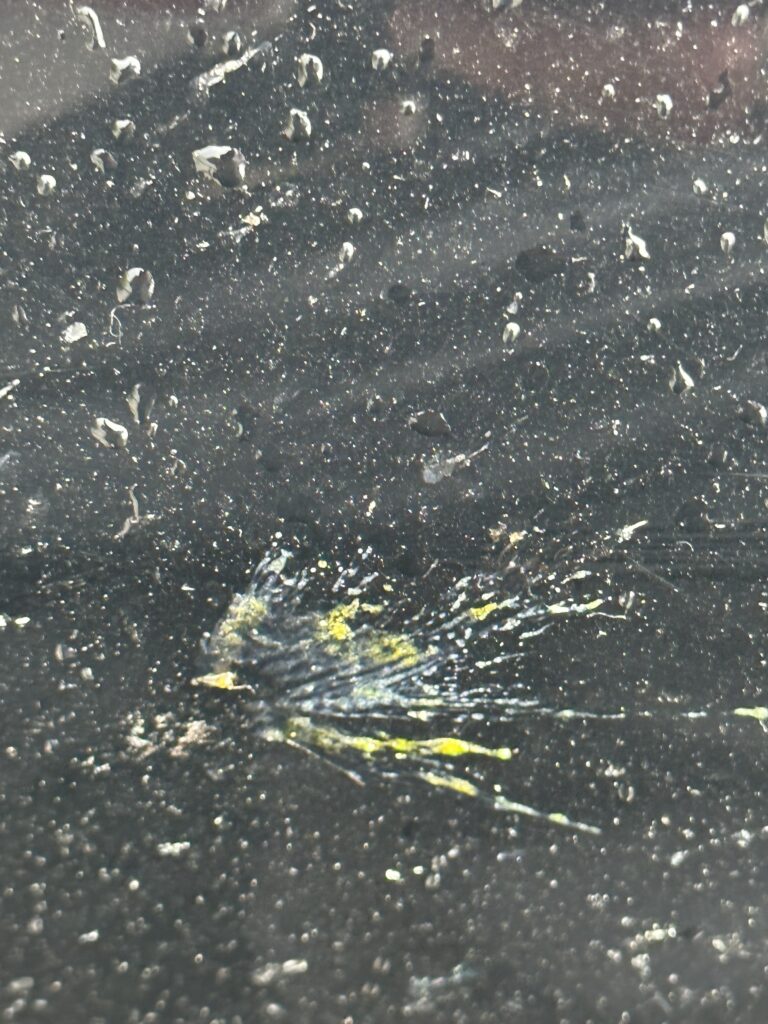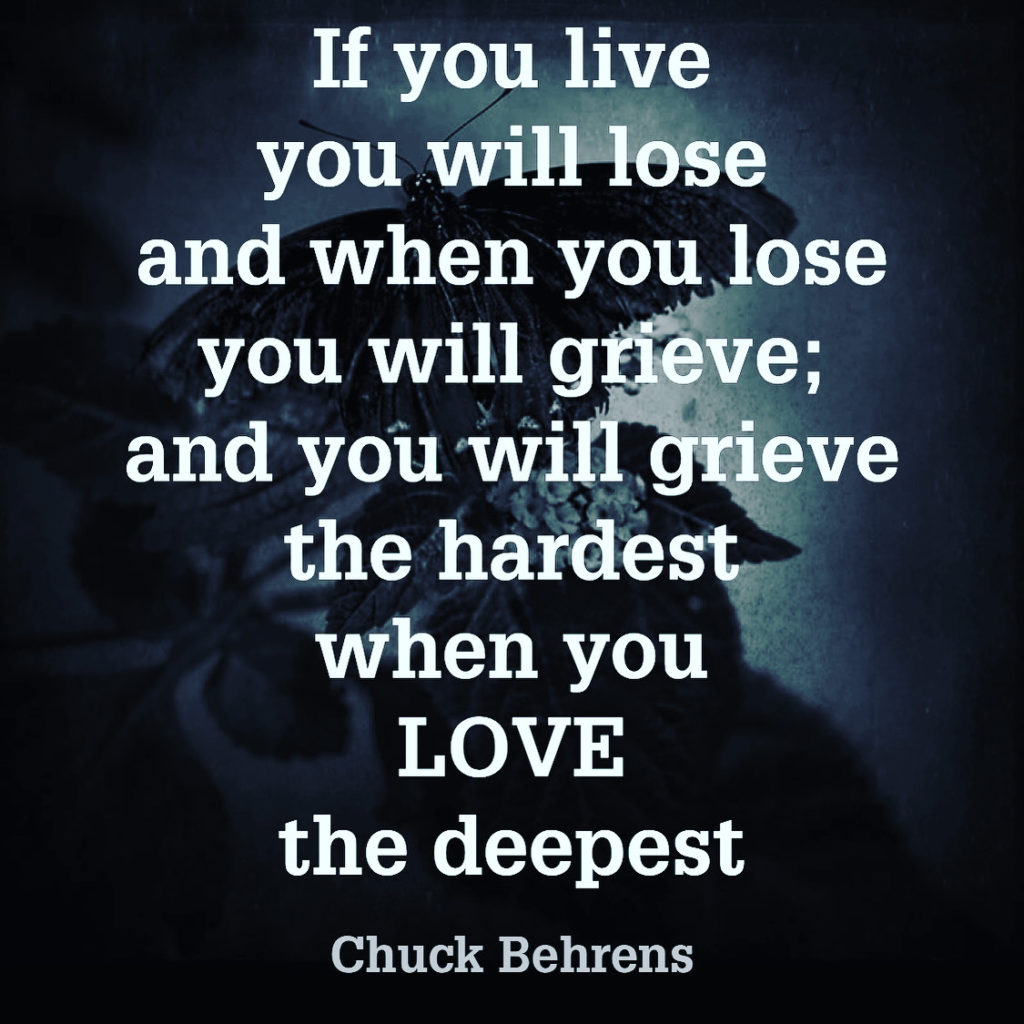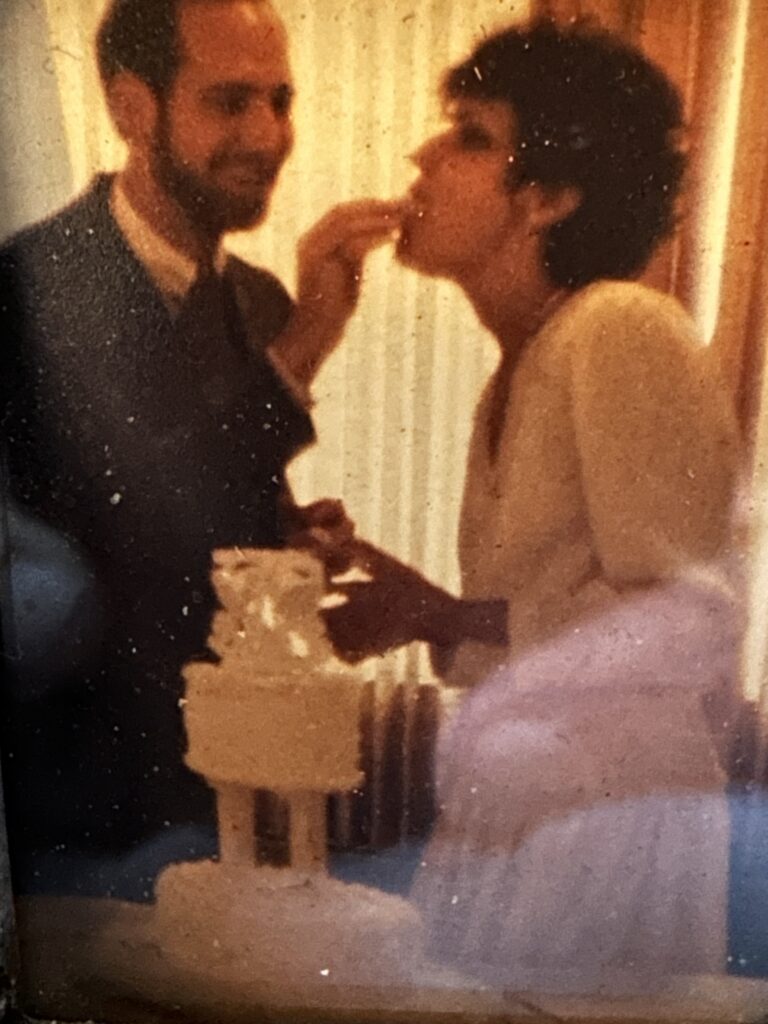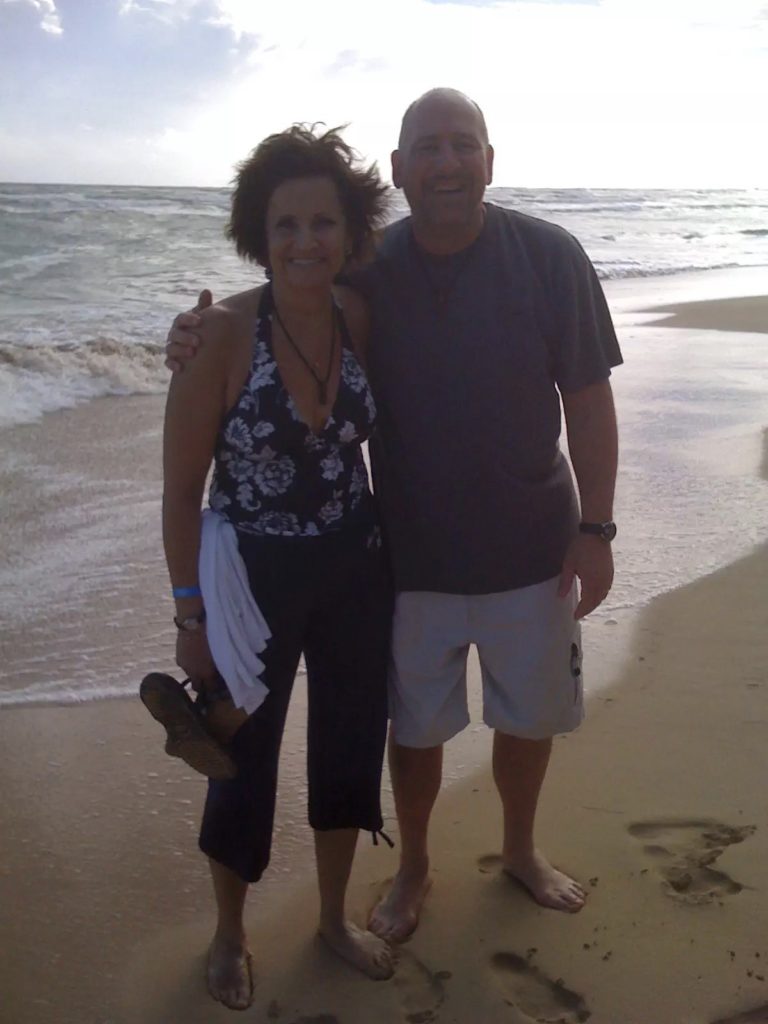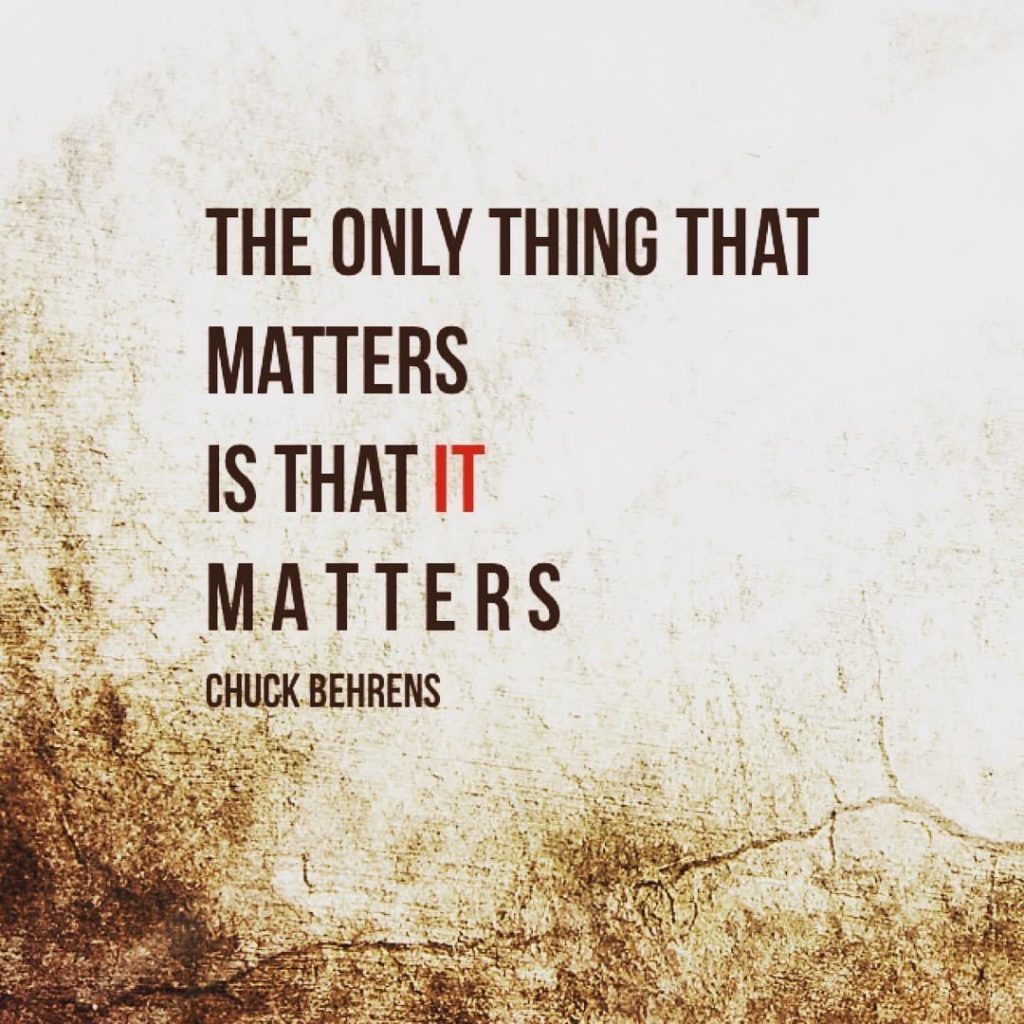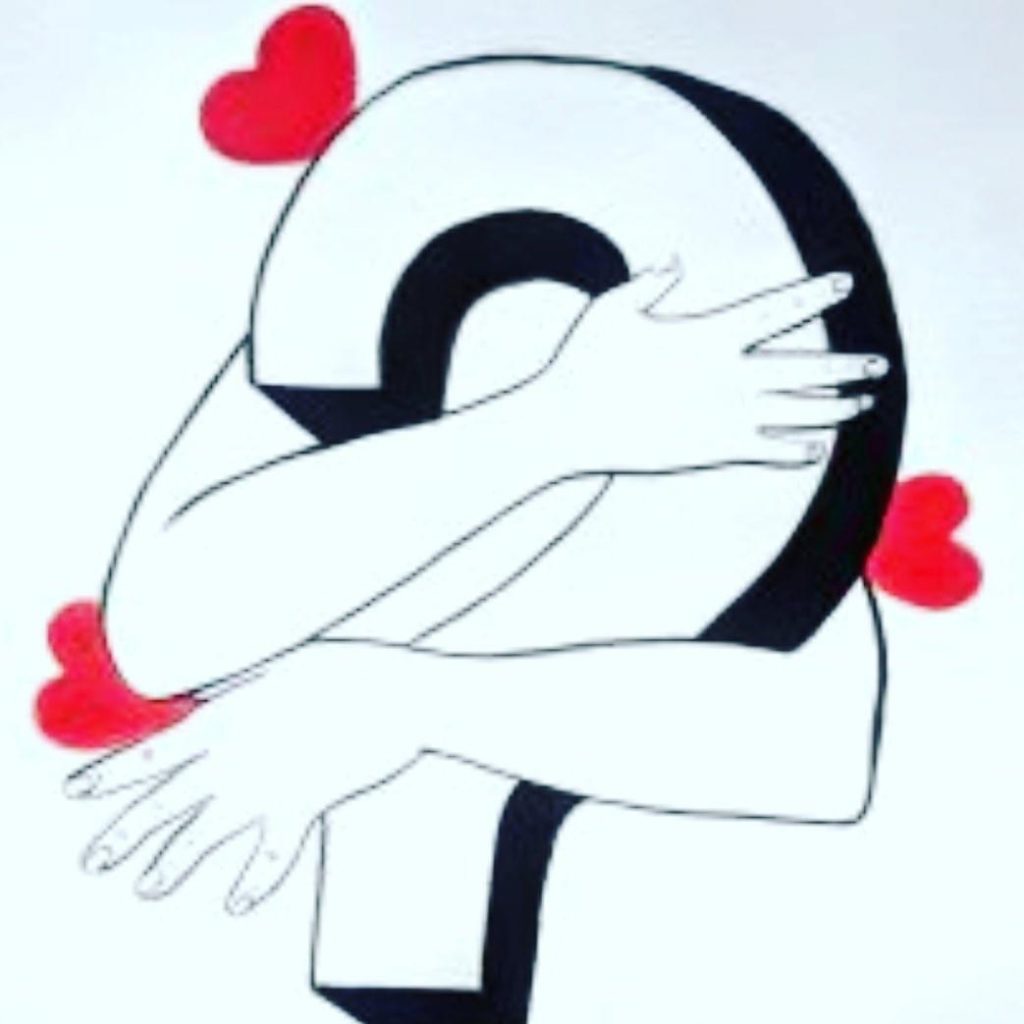|
|||||||
|
FOUND/TONIGHT
MARCH 19, 2018 was when this was first posted on YouTube and with well over 20,210,965 views I question just what boulder I’ve been living under, especially when it popped up on my YouTube feed, maybe not so randomly this past week. Hmmm.
I really like when certain things come across my YouTube feed without me trying to search for them. When I get something like this, it’s almost as if it’s a divine intervention or message that I need to hear at that time I need to hear itwhich means that as you’re reading this blog post this morning it may be the time that you need to hear or see you too; especially if you weren’t even aware of its existent much like this under the boulder dweller.
Two my favorite singers and talented, songwriters, Ben Platt, and Lin- Manuel Miranda combine to mash songs from Hamilton and Evan Hansen together…why? Not merely because it sounds good, because they want to bring a message of Hope. From what? For what? A better world? So I did a quick Google Search to get the “WHAT FOR” of this song and:
A portion of the proceeds from this record will be going to the March For Our Lives Initiative. Donate now at https://marchforourlives.com/.
WE ARE ALL IN THE SAME ORCHESTRA
PLAYING THE SAME SYMPHONY
MUCH-NESS (Continued)
John D. Rockefeller, the founder of the Standard Oil Company, the first billionaire of the United States of America and once the richest man on Earth was asked by a reporter, “How much money is enough?” He calmly replied, “Just a little bit more”
Is John D. right? Is JUST A LITTLE BIT MORE, really enough or is there ever an ENOUGH-NESS that’ll satisfy. . .When Rockefeller was asked this question he had a net worth of about 1% of the entire US economy. He owned 90% of all the oil and gas industry of his time. Compared to today’s rich guys, Rockefeller makes Bill Gates, Jeff Besos, Elon Musk and Warren Buffet look like paupers; and yet he wanted
“JUST A LITTLE MORE.”
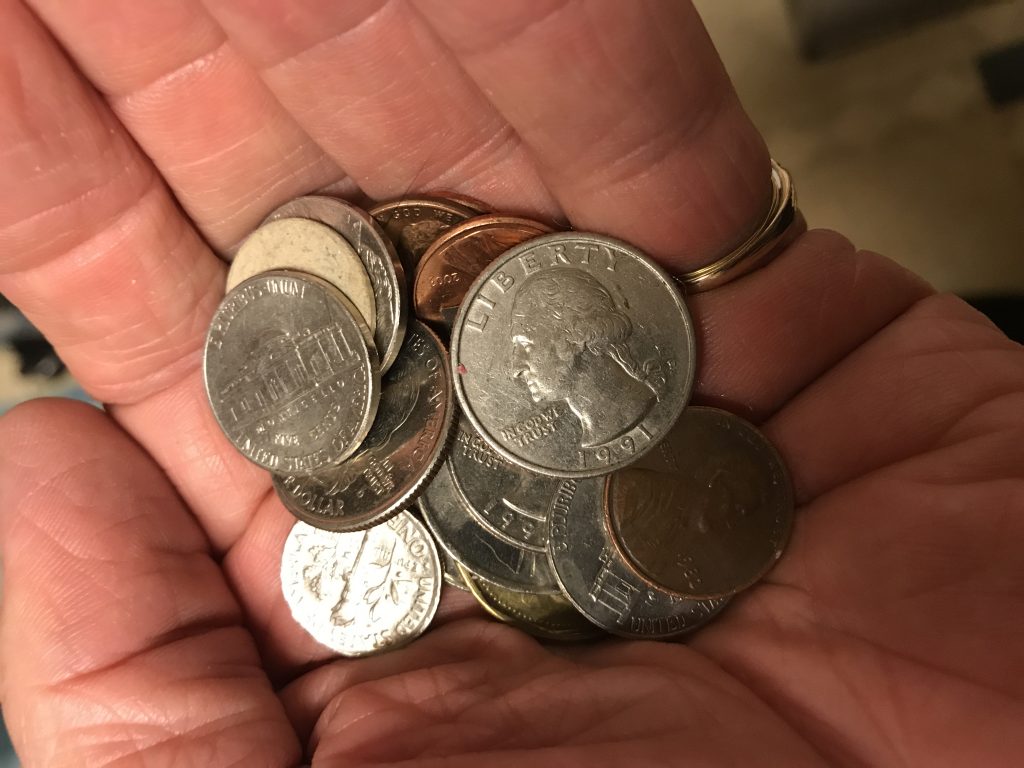 Maybe before we can know how much is ENOUGH, we’ve got to define
Maybe before we can know how much is ENOUGH, we’ve got to define
E N O U G H
. . .and dare consider
ENOUGH
is more than just an amount
(but also an attitude)
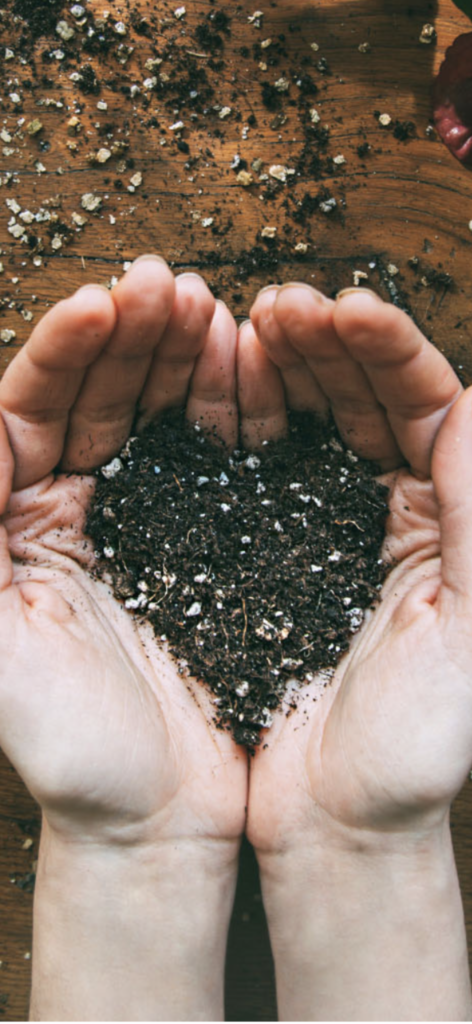 MUCH-NESS
MUCH-NESS
HOW MUCH
is never a question
to be Asked
yet is always Answered
HOW MUCH
isn’t found in an
Enough-ness
Much-ness
is daring to Give
a More-ness
than you can expect
to ever receive in a
Getting-ness
MUCH-NESS
is when a
Giving-ness
means so much more
than a piddle Getting-ness
MUCH-NESS
takes on an unimaginable hue
that can’t be found
on a painter’s palate
but always at the end
of your Soul’s brush
waiting to paint anew
the landscape scene
that completes us all
as it becomes a
Giving-ness
eclipsing the horizon of any
Getting-nesses
. . .S O M E T I M E S
the shiny empty plate
waiting to be
SHARED
more than
PASSED
is all the
ENOUGH-NESS
necessary
I F
it’s indeed more than a
passing partaking. . .
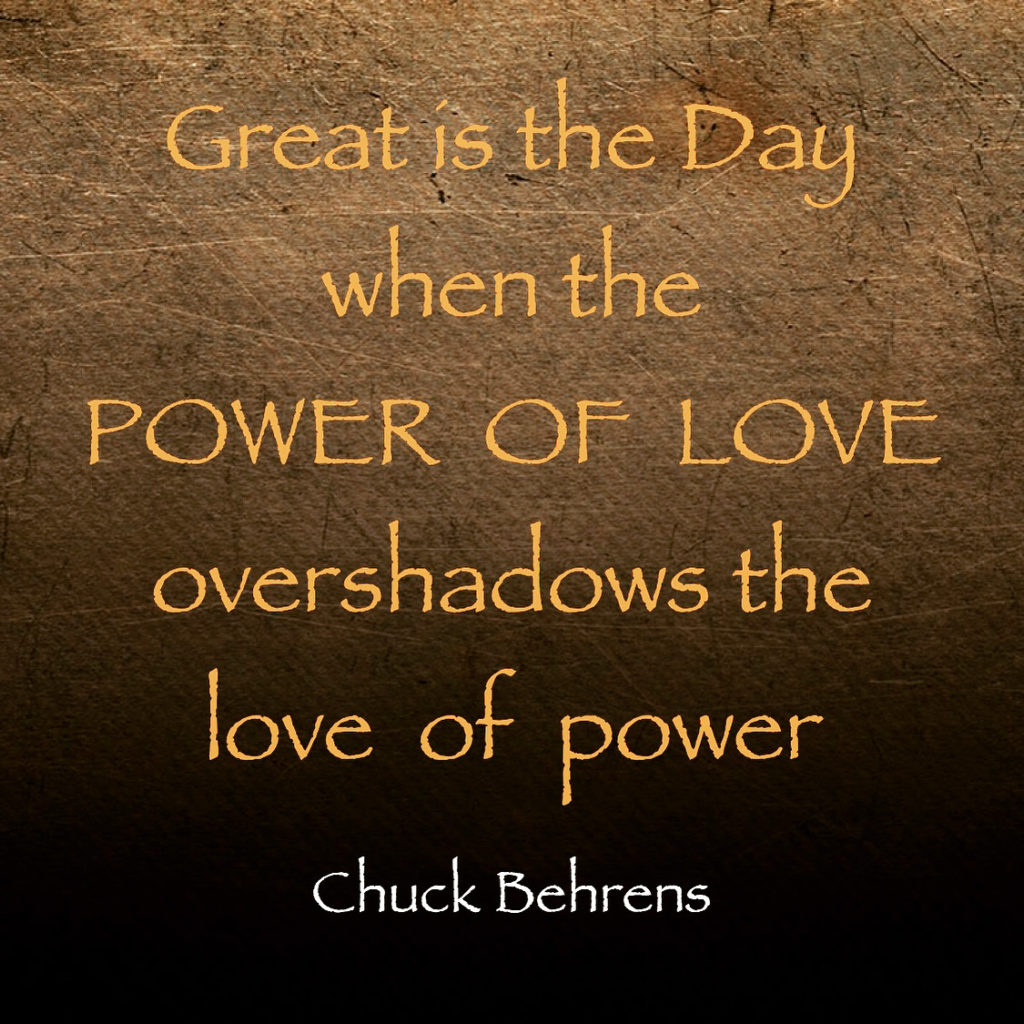 May your ENOUGH-NESS be Another’s as well. . .
May your ENOUGH-NESS be Another’s as well. . .
MUCH-NESS
HOW MUCH
is more than a question
is more than a quest
is more than a hope
is more than a wish
is more than a dream
IT IS A DIFFERENCE
. . .maybe the real question is:
WHAT DIFFERENCE DOES IT MAKE IN YOU. . .
What Is Basic Income and
How Does It Support Well-Being?
Research suggests that providing everyone with money to live could reduce poverty and inequality, and help people make better life choices.
In October 1936, 200 men marched from South Tyneside to London to protest against the poverty and unemployment in their town, Jarrow.

Nearly a century later, Jarrow is taking part in a small pilot schemeto test how universal basic income (UBI) could tackle financial insecurity and health inequalities—which continue to plague the town. Under the scheme, two groups—15 people in Jarrow and another 15 in East Finchley, London—will receive £1,600 a month for two years.
This micropilot will produce new U.K. data on the impact of the basic income in these communities, particularly the stories and experiences of the people that participate. This can be used for further research on the effects of UBI on a larger scale in these communities. This will help show if there is a case for a national basic income, or at least more comprehensive U.K. trials.
UBI generally involves giving a regular cash payment to all adult citizens. It differs from existing welfare systems that are conditional on people’s assessed needs.
In this pilot, participants are paid the same amount as a separate Welsh government pilot that involves people leaving care. The Jarrow and East Finchley pilot is focused on a broader, locally representative pool of people in each of these communities.
The project has been based on our research on basic incomes, which suggests that tackling financial insecurity is essential to promoting public health. This is a particularly important issue now because the effects of COVID and the cost of living crisis on Britons who are employed, self-employed, or who run small businesses have left many people at risk of destitution.
Financial insecurity has risen to levels unseen in generations. Evidence from the Child Poverty Action Group shows millions of Britons face fuel poverty, while the campaign group End Fuel Poverty Coalition found that 1,047 people died in England from living in cold, damp homes in December 2022.
The Bank of England’s commitment to a gradual and sustained increase in interest rates has exacerbated the rate of repossessions without addressing inflation caused by factors largely beyond consumers’ control.
This has created a second pandemic that will only get worse: mental ill health. Our recent report shows the only way we can bring this current crisis to an end is through bold interventions.
Universal basic income (UBI) is a radical but, we believe, feasible alternative to the existing, failing welfare system. It could reduce poverty to unprecedented levels, address inequality within and between regions, and massively improve the nation’s health.
A radical approach
The U.K. government has committed to realign health care so that it’s not just about treating the ill, but preventing illness in the first place. One of the best ways to do this is to eradicate poverty and reduce inequality.
The idea of the state redistributing resources by providing an adequate, regular, and predictable payment to citizens is radical. It turns the discussion about welfare on its head: from a payment to a select few with no other means of satisfying their needs, to a payment that protects those in, as well as out, of work from the threat of destitution.
One of the key, and often overlooked, consequences of this is its potential contribution to public health. Basic income set at an adequate level could boost public health in three ways.
First, by reducing poverty, it would increase people’s ability to satisfy their basic needs by helping them to afford better food and housing.
Second, by reducing financial inequality, it would also give people the option to leave abusive, damaging environments. This would reduce stressand stress-related illnesses. The pandemic has highlighted the dangers of people being unable to escape these environments, and the potential long-term impacts on health are significant.
And, third, by giving people a more predictable and secure future, it would increase their perception of their lifespan. This could lead to changes in behavior in the process. People with clearer long-term futures may be less likely to engage in hedonistic activities, such as drug and alcohol misuse, and more likely to engage in exercise and health-promoting activity, according to our research.
While there are examples of people “binge spending” following large benefit payments, some evidence suggests that those that feel they have some kind of future ahead will spend money on activities that enhance their health, such as healthier eating and fitness. On the other hand, people facing destitution are more likely to engage in short-term, hedonistic behavior, since they feel unlikely to have to face the long-term consequences.
Such effects would be most keenly felt in those parts of the U.K., such as the north of England, midlands, and Wales, that suffer most from the low incomes, inequalities, and general hopelessness that contribute to ill health.
This generation’s equivalent of the NHS
The NHS made health care free at the point of use. Three decades after its implementation, the Labour government sought to understand why health inequality persisted.
The resulting report highlighted that people’s social and economic circumstances shaped their outcomes. To reduce health inequality, we need to deal with these circumstances, which have rapidly declined since the 2008 global financial crisis. And UBI can do this in the three ways outlined above.
Future generations may look back at recent discussions about UBIs with the same confusion we feel when thinking of opposition to the NHS in the 1940s.
The solutions Britain needs are just as far-reaching as those implemented in 1945. Basic income is one such solution that could be as popular and transformative as the NHS.

C H A N G E
is literally in your Hands. . .
How will you use it
o r
will you just
THROW IT AWAY
S P L A T
We did a lot of traveling last week, to Niagara Falls to Dayton with nary a time for a quick car wash and my car literally got BUGGED. The car wash couldn’t remove all of the mix mash of bug guts; it needed some more than unusual elbow grease and with sweating dripping down my face and slow diving off of the tip of my nose, I stood and wiped my face and THERE, there it was; a thought and then a flood of words that found its way into a poem, not just about bugs on a bumper and crusted across my windshield but about the randomness of our living and our dying; the vast unpredictability of
IT ALL. . . HENCE: SPLAT
Is it all willie nillie
some hocus-pocus predestinated Chance
A random bullet
Out of control car
Avalanche
Shark bite
A fallen tree limb
An elevator cable snap
Plane crash
All
wrong places at the wrongest of times
ALL so unmathematically
equating into a
SPLAT
No one ever sees coming
WE
like the Severely unsuspecting unnamed Bug
SPLATTED
It was never my intention to
harm, maime, Kill
Yet, just the same,
SPLAT
It ended up a glorious Yellow
but so very indistinguishable on my bumper
across my windshield
And Now
just like that
as I turned on the Shower
I spied a spider
frantically trying to get out
of the fast sucking swirlingly
towards the Drain—too late
for a rescue attempt
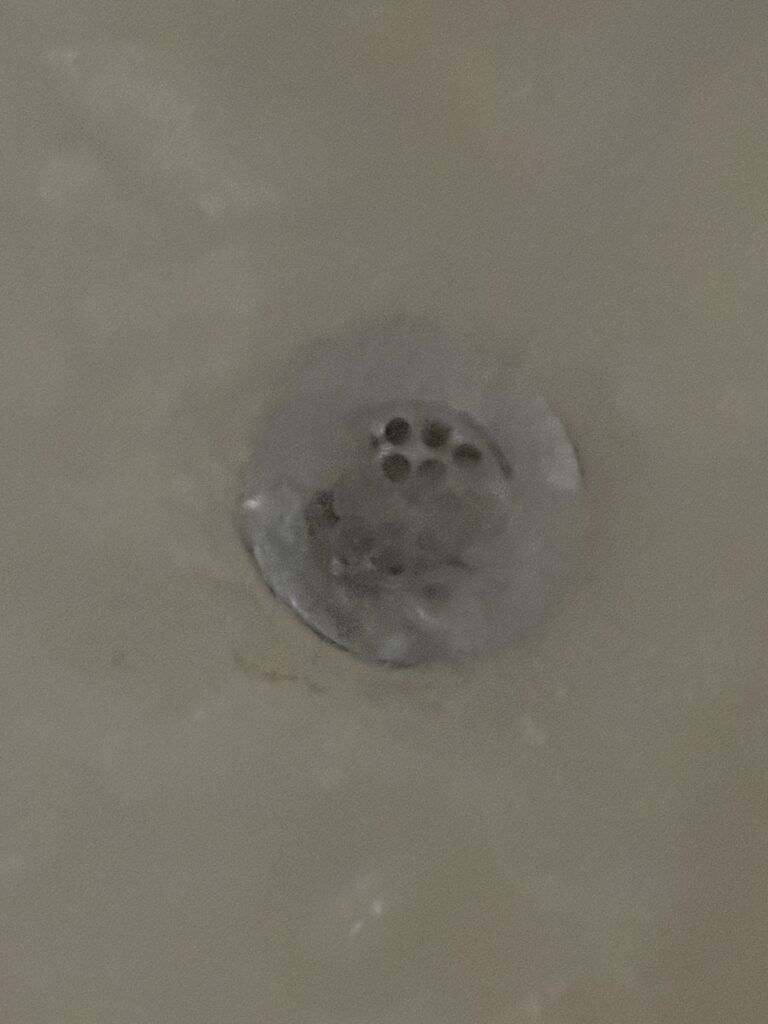 The Splat became a deadly Splash
The Splat became a deadly Splash
Proving it’s always more than One Way
but always, still, A Way
S P L A T
What Pow, What Splash, What Kerplunk
SPLAT
Awaits us
If a bug, a flailing spider
not exempted
what of us
I don’t know
But make no mistake about
Knowing it does
AFTER LIFE
Tony had a perfect life — until his wife Lisa died. After that tragic event, the formerly nice guy changed. After contemplating taking his life, Tony decides he would rather live long enough to punish the world by saying and doing whatever he likes. He thinks of it as a superpower — not caring about himself or anybody else — but it ends up being trickier than he envisioned when his friends and family try to save the nice guy that they used to know. Golden Globe winner Ricky Gervais stars in the comedy series, which he also writes and directs. Mind you, THIS IS NOT PRETTY; GRIEF seldom is and what it is during this three season hiatus is downright PROFANE at times; UGLINESS at its worst and yet deep within its TRUTH. I have shown a clip or two from this show before which makes these series of clips a little different, a little difficult and hopefully, a little more digestible for that which is most distasteful for all of us…dare I say, ENJOY. . . ?
Hmmmmmmmm. . .
Maybe like Tony, there’s been some things in our lives that make us feel like him, that
“NOT CARING is a Superpower; CARING ABOUT STUFF; THAT’S WHAT REALLY MATTERS!” but we’re not a NETLIX episode or series that we can turn off or on or yes, put on PAUSE. . .
WE ALL COME WITH EXPIRATION DATES
which means we’re one DATE closer than we’ve ever been before
BUT THE GOOD NEWS
is that we can be more kind, more loving, more compassionate than ever before because knowing
THAT WE WILL EXPIRE
also means not so much postponing the DATE
but living lovingly today. . .
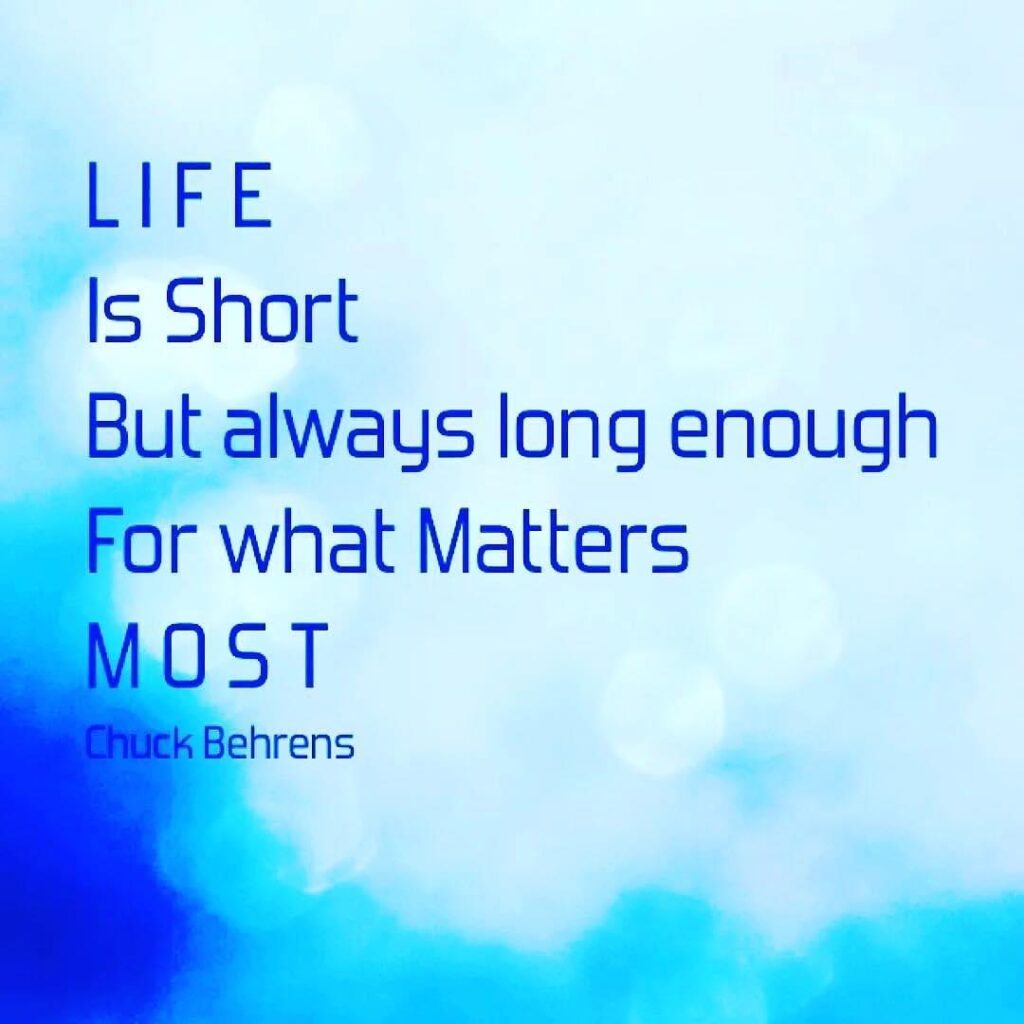 IF DEATH IS INEVITABLE
IF DEATH IS INEVITABLE
LET’S MAKE SURE OUR LOVING IS, TOO. . .
A DAY PAST FOREVER
When Erin and I got married 37 years ago tomorrow, we knew that it might be a very long shot if we would ever be old enough to make 50 years, but we also talked about it not making a difference as long as we could make our days and years count more than counting the days and the years.
37 years ago we were not the people, the couple, we are now or maybe the ones we might become in the next 13 years, but we knew way ahead of the research and the evidence-based data that what we have more than makes our days so much more than any daze. . .
Moments of Love and Connection May Help You Live Longer
A new study finds that couples who show more warmth, concern, and affection for each other live longer, healthier lives.
Hold back on the bickering. Couples who share sweet moments filled with humor and affection, and sync up biologically—two hearts beating as one—enjoy better health prospects and live longer than their more quarrelsome counterparts, suggests new UC Berkeley research.
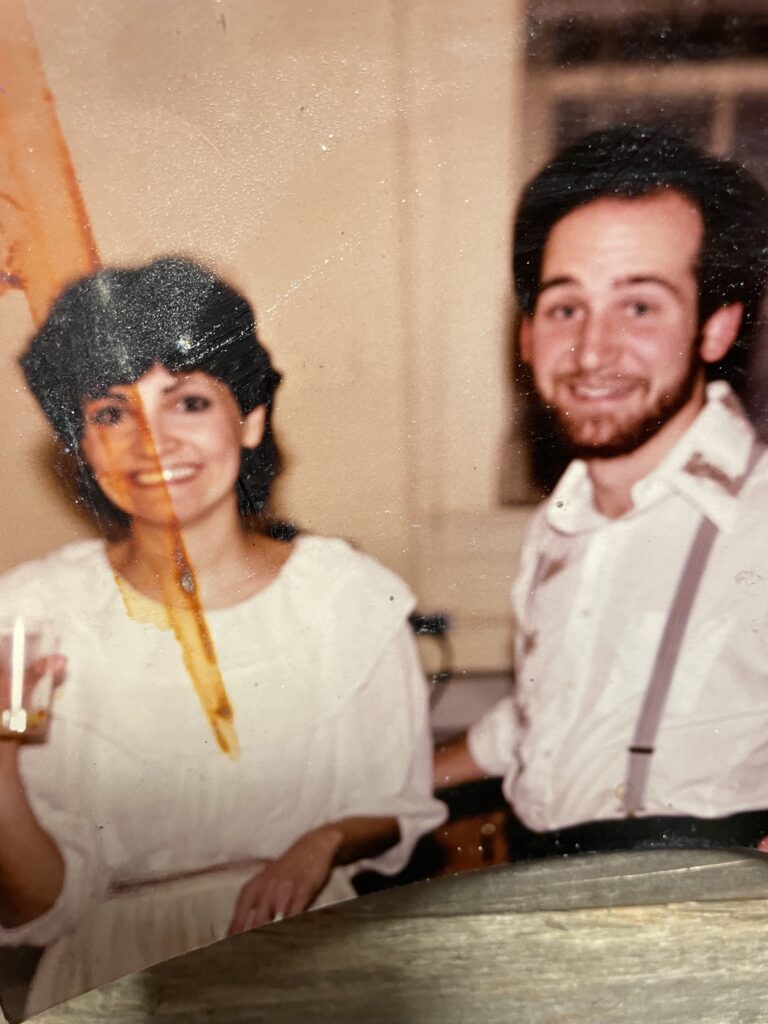 The findings, recently published online in the Journal of Personality and Social Psychology, are based on laboratory observations of 154 middle-aged and older married couples as each engaged in an intimate conversation about a conflict in their relationship.
The findings, recently published online in the Journal of Personality and Social Psychology, are based on laboratory observations of 154 middle-aged and older married couples as each engaged in an intimate conversation about a conflict in their relationship.
“We focused on those fleeting moments when you light up together and experience sudden joy, closeness, and intimacy,” said study author Robert Levenson, a UC Berkeley professor of psychology.
“What we found is that having these brief shared moments, known as ‘positivity resonance,’ is a powerful predictor of how healthy we’re going to be in the future and how long we’ll live,” he added.
Positivity resonance occurs when two people momentarily experience a mutual biological and behavioral surge of warmth, humor, and affection and achieve a sense of oneness. Fear, anxiety, and self-doubt can block this sense of connectedness.
“Couples in the study varied greatly in these measures of positivity resonance, with some couples showing dozens of moments of emotional and physiological synchrony and others showing few or none,” Levenson said.
Science of long-lasting love
These micro-moments are a key ingredient in healthy, long-lasting relationships, according to study senior author Barbara Fredrickson, a psychology professor at the University of North Carolina at Chapel Hill, and leading scholar of the science of love.
Researchers in Levenson’s Berkeley Psychophysiology Laboratory worked with Fredrickson to test the effect of positivity resonance on long-term health and longevity. They used data from Levenson’s longitudinal study that tracked the marriages of a representative sample of middle-aged and older heterosexual couples in the San Francisco Bay Area from 1989 to 2009.
Every five years, the couples came to Levenson’s Berkeley laboratory to be observed as they discussed recent events in their relationships, as well as areas of enjoyment and disagreement. They also completed questionnaires about marital satisfaction, health problems, and other issues. Just over half of the study’s original spouses are now in their 70s, 80s, and 90s. Others have died.
For this latest study, researchers meticulously coded hundreds of videotaped conversations to track the extent to which the couples exhibited positivity resonance.
“We took a fine-grained, comprehensive approach to measuring positivity resonance in couples by capturing their shared positive emotions, mutual expressions of care, and biological synchrony,” said study lead author Jenna Wells, a UC Berkeley Ph.D. candidate in clinical science.
How they conducted the study
Two different statistical models were used to predict long-term health and longevity, one that included the full range of biological and behavioral measures of positivity resonance that couples showed, and another that analyzed only their positivity resonance behaviors.
Among other factors and influences, the study controlled for health-related behaviors such as smoking, alcohol consumption, exercise, and caffeine consumption.
First, trained behavioral coders objectively rated the couples’ 15-minute conflict conversations, identifying individual and shared positive and negative emotions based on what the spouses were saying and their facial expressions, tone of voice, and body language.
Next, they identified moments of positive synchrony between the spouses based on the couples’ own recollections of how they were feeling as they watched videotapes of their conversations.
The 15-minute video recordings were then analyzed for signs of nonverbal synchrony and unconscious “mirroring,” which are gestures that signal love, caring, and connectedness, such as smiles, head nods, and leaning forward.
The researchers also identified moments in which both partners’ heart rates simultaneously slowed down or sped up when they were expressing positive emotions.
For the second part of the study, they moved to a faster coding system to rate displays of synchrony vis-a-vis mutual warmth, concern, and affection in 30-second video segments. Both statistical models indicated that higher rates of positivity resonance predicted better future health outcomes and longer lives.
“Regardless of whether we used the full range of biological and behavioral measures of positivity resonance or the single holistic measure, we found that spouses in relationships that were high on positivity resonance had milder declines in their health over the next 13 years and were more likely to still be alive after 30 years,” Levenson said.
As for how couples can apply these findings to build relationships that are filled with positivity resonance, psychologist Art Aron’s 36 questions or Barbara Fredrickson’s Love 2.0 might be good places to start, Levenson said.
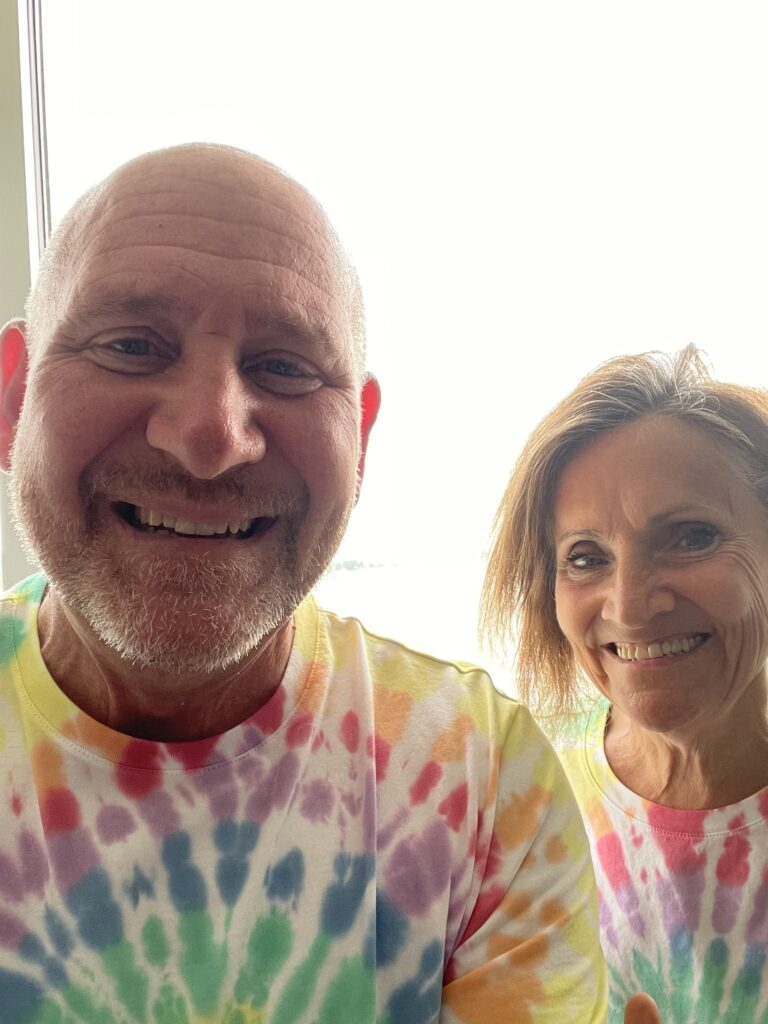 We know about how it takes a village to not just raise a child, but also to support and enrich each of us. We all have the capacity to be better Caring Catalysts and without a doubt, the world desperately needs that from each of us. There is no Caring Catalyst in me without Erin. She is not my better half. Erin is my 90% because everything I am and do, she makes better and more, an excellent motivation to be better. . .
We know about how it takes a village to not just raise a child, but also to support and enrich each of us. We all have the capacity to be better Caring Catalysts and without a doubt, the world desperately needs that from each of us. There is no Caring Catalyst in me without Erin. She is not my better half. Erin is my 90% because everything I am and do, she makes better and more, an excellent motivation to be better. . .
I severely love how our Each makes our Other
Our Better makes up for any Worse
Our Richer banishes Poornessess
Our Sicknesses can’t compete with our well-beingnesses
because our love and cherishings
only has one goal:
To last one moment past a For Everness. . .
(or any calendar every created)
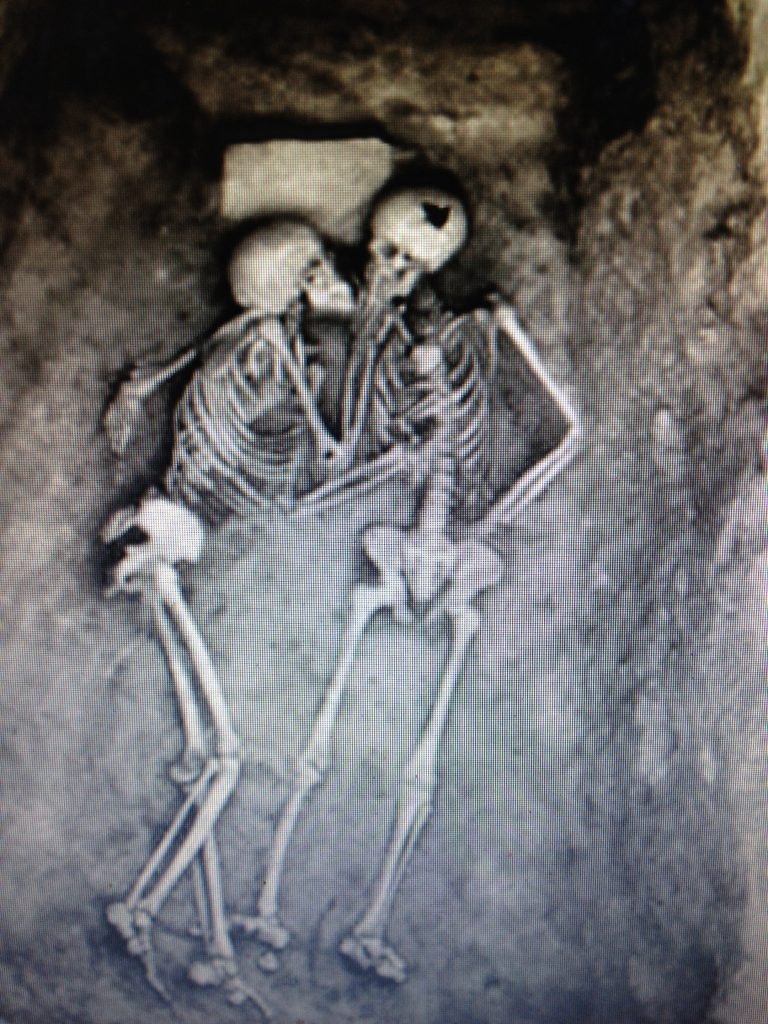
THE STORY OF MY LIFE
So here’s the deal, this is the week of Erin’s and my anniversary.
37 Years
on Thursday
(and counting)
All three of my Blog posts this week will center around
ANNIVERSARIES
RELATIONSHIPS
OTHERNESS
that can never be achieved as a Solo Flier. . .
And though you may feel like getting an extra order of hotcakes
(with all of the syrup flowing)
just grab another cup of coffee
or a cold glass of iced-tea
and spend some intentional moments
with ONE
who makes moments Momentous. . .
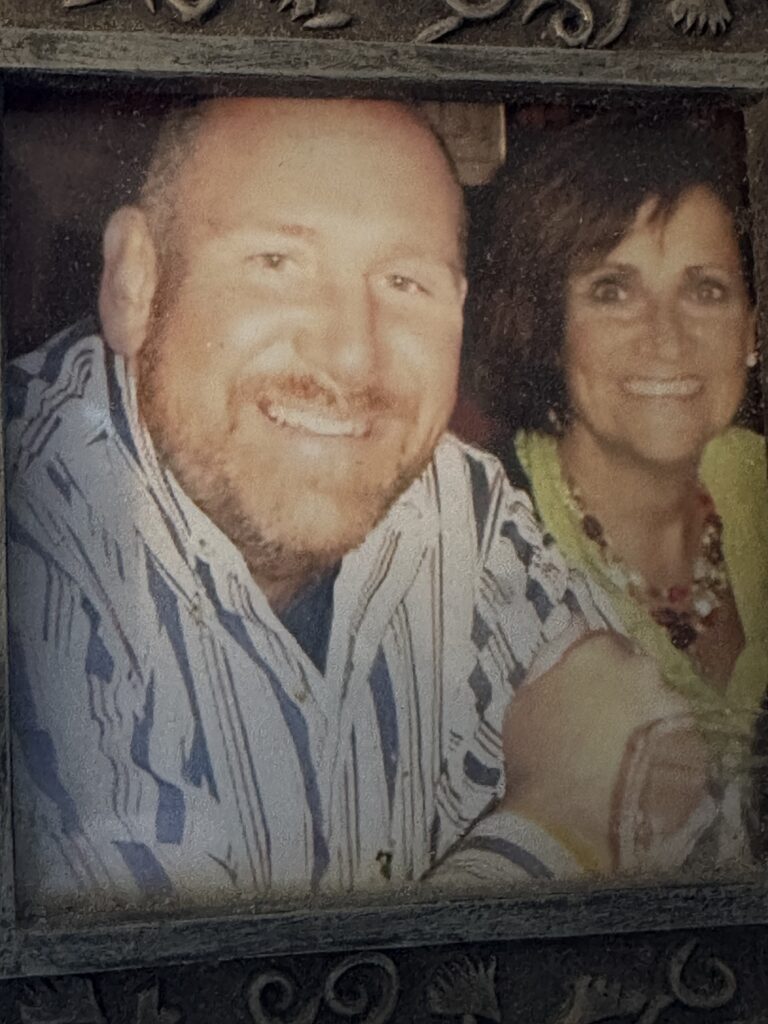 AND FOR THE RECORD:
AND FOR THE RECORD:
THERE’S NEVER ENOUGH SYRUP. . .
KEEP IT FLOWING
BEYOND RELATIVITY
When Albert Einstein met Charlie Chaplin in 1931, Einstein said, “What I admire most about your art is its universality. You do not say a word, and yet the world understands you.”
“It’s true.” Replied Chaplin, “But your fame is even greater. The world admires you, when no one understands you.”
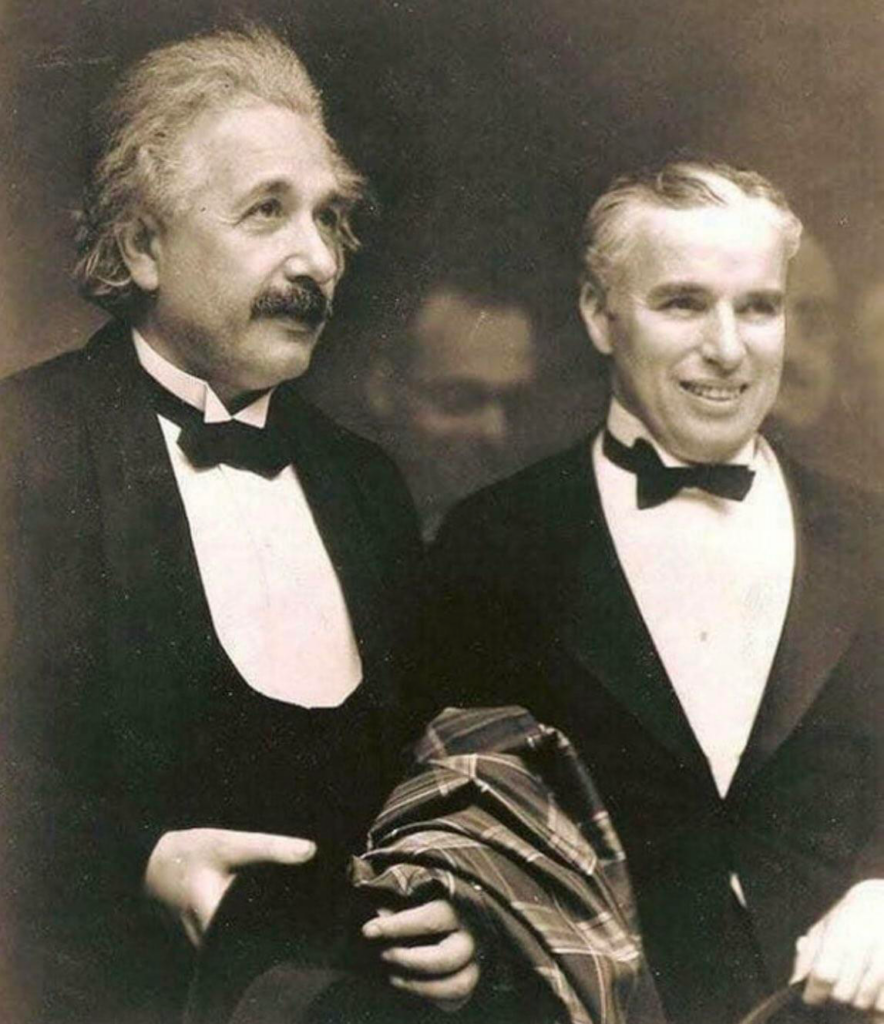 BEYOND RELATIVITY
BEYOND RELATIVITY
is not BEING a Caring Catalyst. . .
IT IS MAKING SOMEONE FEEL LIKE
THEY ARE IN THE PRESENCE OF ONE
WITHOUT SAYING A WORD
OR FULLY UNDERSTANDING
HOW YOU CAN MAKE THE HAIR STAND UP ON THEIR ARMS
AND TINGLE LIKE IN NO OTHER WAY
just by how you treat them
Pssssssssssssssssssssssssssssssssssssssst:
NEWS FLASH
It
Ain’t
ROCKET SCIENCE
(It can readily be proven but seldom is. . .CHANGE THAT!)

EMOTIONALLY SECURE
BUT DOES IT REALLY. . . ?
There are so many things in life that takes us from
FORT KNOX SECURE
to I’m afraid of my own shadow
I N S E C U R E
. . .just how can you tell
HOW SECURE YOU ARE. . . ?
Harvard-trained psychologist:
If you use any of these 9 phrases
every day,
‘you’re more emotionally secure
than most’
Emotionally secure people are empowered, confident and comfortable in their own skin. They walk the world with authenticity and conviction, and do what is meaningful to them.
As a Harvard-trained psychologist, Dr. Courtney Warren says, “I’ve found that this sense of self-assuredness makes them better able to navigate conflict and be vulnerable with others, mostly because they aren’t looking for external validation.“
“But takes a lot of work to get there. If you use any of these nine phrases, you’re more emotionally secure than most people:
1. “Let me think about that before I respond.”
One of the most noticeable characteristics of emotionally secure people is that they articulate themselves well. They choose their responses carefully and aren’t impulsive in their reactions.
Similar phrases:
- “I’m really frustrated and need some time to myself. I don’t want to say something I might regret later.”
- “I don’t have an answer right now. Can we revisit this conversation tomorrow?”
2. “No.”
Emotionally secure people feel comfortable setting boundaries. They are clear about what they will and will not do based on their own moral principles, needs and desires.
Similar phrases:
- “I’m sorry, but I can’t help with that because I have too many other commitments.”
- “Thank you for the offer, but that’s not something I enjoy doing.”
3. “I’m not comfortable with that.”
They always communicate their needs in a respectful way. This means they state how they feel when someone treats them poorly. If they feel their boundaries are being violated, they’ll take action to make changes.
Similar phrases:
- “When you say things like that, I feel hurt and angry.”
- “If you treat me like this, I’m going to step away because it’s not healthy for me.”
4. “This is who I am, and I’m proud of it.”
They are consistent in how they operate in the world. This makes being around them predictable and safe because friends and loved ones know that they are who they say they are.
Similar phrases:
- “What you see is what you get.”
- “You may not like this about me, but I am okay with it.”
5. “Am I like that?”
Emotionally secure people are able to consider criticism without lashing out. If they receive negative feedback, they don’t take it personally. Instead, they see it as an opportunity for self-improvement.
Similar phrases:
- “I didn’t realize I do that so often. Thank you for pointing it out.”
- “Wow, I guess I really do say that phrase a lot.”
6. “I will work on that.”
In meaningful relationships, emotionally secure people will make an effort to change when necessary. They know that taking action is key to personal growth and strengthening connections.
Similar phrases:
- “I hear that this is important to you, so I’ll work on being more compassionate when I talk to you.”
- “I’m not very good at being patient. I’m going to practice being less pushy.”
7. “I’m sorry you’re struggling. How can I help?”
Their empathic and non-judgmental nature in relationships makes them great at being supportive. They also understand that if someone is having a bad day, it isn’t a reflection on them.
Similar phrases:
- “You look upset, and I’d like to help.”
- “I see that this is hard for you, but you have my support.”
8. “This matters to me.”
Having a solid belief system is key to being emotionally secure because it guides our choices. When a value is violated, emotionally secure people are able to take a stance for what they believe is moral and fair.
Similar phrases:
- “I really care about this, even if you don’t.”
- “I don’t think you’re acting in an ethical way, and I can’t watch it happen without standing up for what I believe is humane.”
9. “I will try!”
Emotionally secure people have cultivated a sense of inner safety that tells them they will be okay, even if a new effort fails. This allows them to experiment with new things, such as hobbies, friendships, travels and even personal coping strategies.
Similar phrases:
- “I’ll try that next time.”
- “I may not be good at this, but I’m willing to give it a shot!”
Some fairly embraceably questionable thoughts, huh? So how did you fair? Do you still have some growing to do; are you securely insecure?
GROWING into any one of these nine factors truly is a FACTOR. . .especially as a Caring Catalyst; your nearly top of the list goals is simply:
- « Previous Page
- 1
- …
- 27
- 28
- 29
- 30
- 31
- …
- 83
- Next Page »
